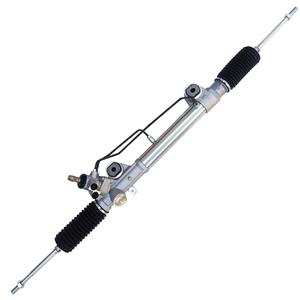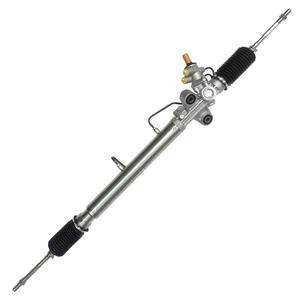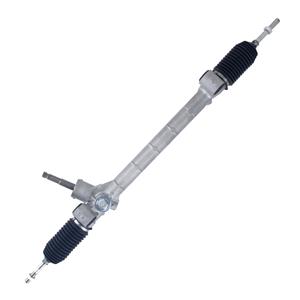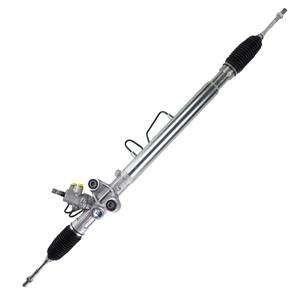How to center the steering wheel after replacing the rack and pinion?
In the steering system of a car, the rack and pinion are one of the core components, which are responsible for converting the rotation of the steering wheel into the steering of the wheels. When these components fail or wear out, they usually need to be replaced. After replacing the rack and pinion, one of the most common problems encountered by car owners is that the steering wheel is off-center. The centering of the steering wheel is not only related to driving comfort, but also directly affects the vehicle's handling and driving safety. So, after replacing the rack and pinion, how to ensure that the steering wheel can be properly centered? This article will explore this issue in depth and provide detailed solutions for car owners.
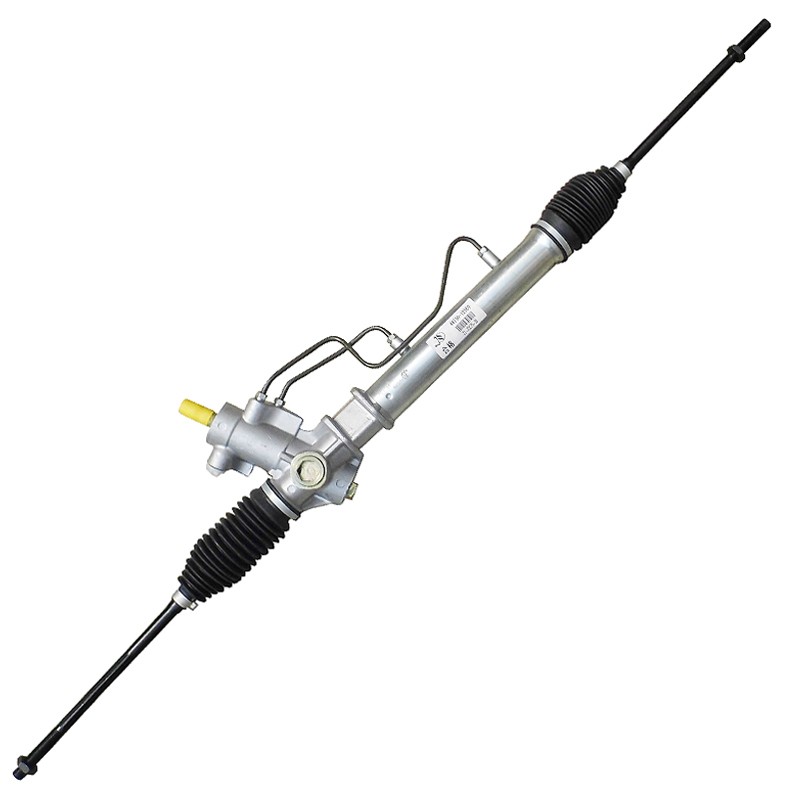
What is the role of the rack and pinion?
First, we need to understand the function of the rack and pinion in the steering system. In the power steering system, the rack and pinion together constitute the core part of the steering mechanism. The pinion is usually installed on the steering column and connected to the steering wheel, and the rack is connected to the steering mechanical part. When the steering wheel is turned, the pinion drives the rack to move left and right, which in turn drives the wheel to turn.
In a hydraulic or electric power steering system, the rack and pinion are not only responsible for the transmission of steering force, but also need to cooperate with the auxiliary force of the power steering pump or motor to reduce the driver's operating burden.
When the rack and pinion are worn or damaged, they usually need to be replaced. However, if the replaced components are not installed or adjusted correctly, the steering wheel may not be centered, affecting the driving stability and comfort of the vehicle.
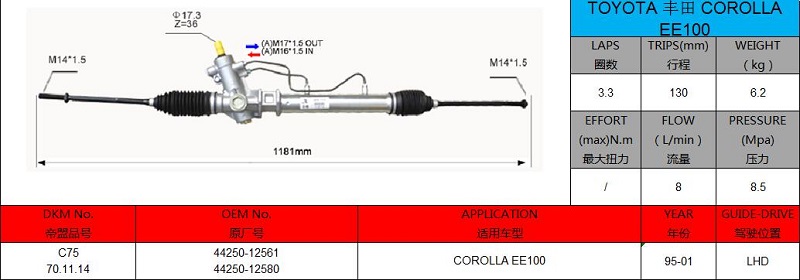
What are the reasons why the steering wheel is not centered after replacing the rack and pinion?
After replacing the rack and pinion, the reasons for the steering wheel to deviate from the center are usually as follows:
1. Installation position deviation
The rack and pinion need to be precisely aligned during installation to ensure that the meshing between the two is correct. If the installation position of the rack or pinion is offset, it may cause the steering wheel to be unable to return to the center position. During the installation process, if the installer does not ensure the correct meshing position of the rack and pinion, it will also cause the steering wheel to be unable to be centered.
2. Alignment problem of the steering shaft
The coordination between the steering shaft and the rack of the steering system needs to be precisely aligned. If the steering shaft is not installed correctly or the connection between the rack and the steering shaft is loose, the steering wheel may not return to the center position accurately.
3. Power steering pump or electric power steering system problem
The working pressure of the power steering pump or electric power steering system is crucial to the function of the steering rack. If there is a problem with the hydraulic pump or electric power steering system, it may cause uneven force on the rack when turning, making it difficult for the steering wheel to return to the neutral position.
4. Front wheel alignment problem
After replacing the rack and pinion, the alignment angle of the front wheels must also be adjusted. If the alignment of the front wheels (such as the inclination and camber of the wheels) is not accurately calibrated, the steering wheel may also be out of center. In particular, if the geometric relationship between the steering system and the wheels is not recalibrated, the steering accuracy and stability of the vehicle will be affected.
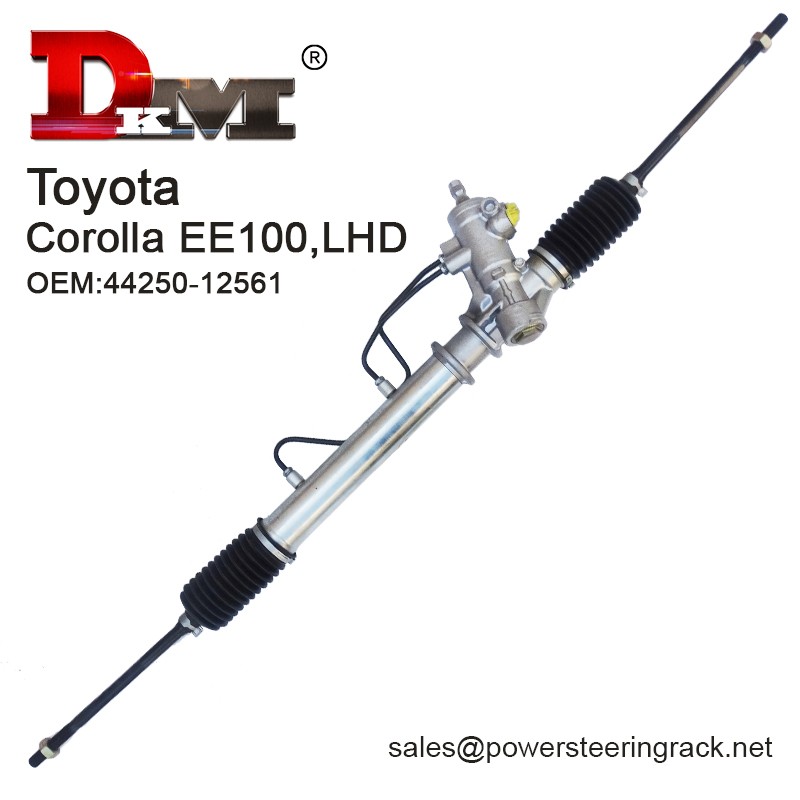
How to center the steering wheel after replacing the rack and pinion?
Ensuring the steering wheel is centered after replacing the rack and pinion is a multi-step process involving installation accuracy, mechanical adjustment and front wheel alignment. Here are the key steps to ensure that the steering wheel is centered:
1. Accurately install the rack and pinion
When replacing the rack and pinion, first ensure that the rack and pinion are installed in the correct position. The installer should carefully confirm the meshing points of the rack and pinion to ensure that they are symmetrically positioned and meshed well. Offset on either side may cause the steering wheel to not be properly centered.
In addition, during the installation process, pay special attention to the installation direction of the rack and the tooth shape of the pinion, which will affect the meshing accuracy of the rack and pinion. Be sure to follow the manufacturer's installation standards and use the appropriate tools and equipment to complete the installation.
2. Align the steering shaft and rack
It is very important to ensure that the steering shaft and rack are aligned. When installing the rack and pinion, you need to carefully check the center position of the steering shaft. If the center position of the steering shaft is offset, it may cause the steering wheel to not automatically return to the center position when turning. Usually, the center adjustment of the steering shaft can be completed by adjusting the angle of the steering column.
To ensure the centering, the owner can refer to the vehicle's maintenance manual or ask a professional technician to use equipment to make the centering adjustment. Some high-end models may be equipped with an automatic centering system to ensure accurate centering of the steering shaft.
3. Check the working condition of the power steering system
After installing the rack and pinion, you also need to check the working condition of the power steering system. For hydraulic power steering systems, you must ensure that the power steering pump can operate normally and provide uniform hydraulic pressure. If the pressure of the power steering pump is unstable or not working properly, it may affect the movement of the rack, resulting in the steering wheel being unable to return to the neutral position.
For electric power steering systems, you need to check the working condition of the motor and the accuracy of the sensor. If the motor cannot provide enough power or the sensor cannot detect the correct steering angle, it may also cause the steering wheel to be unable to center.
4. Perform four-wheel alignment adjustment
After replacing the rack and pinion, one of the most important steps is to perform a four-wheel alignment. The four-wheel alignment is not only to ensure the correct alignment of the wheels, but also to ensure that the geometric relationship of the steering system is accurately calibrated. If there is a problem with the front wheel alignment, the operation of the steering system will be affected and it will be difficult for the steering wheel to return to the center.
The key parameters of the four-wheel alignment include the inclination angle, camber angle, caster angle, etc. of the wheel. All these angles must be precisely adjusted according to the manufacturer's specifications to ensure that the vehicle's steering system and front wheel geometry are correctly aligned.
Four-wheel alignment can also effectively avoid driving instability caused by uneven tire wear or wheel tilt, thereby improving the vehicle's handling performance and safety.
5. Repeated testing and fine-tuning
After installation and adjustment, it is recommended to test the steering wheel repeatedly. First, you can manually turn the steering wheel to ensure that there is no abnormal resistance when it turns. Second, the vehicle can be driven at a low speed in an open area and observe whether the steering wheel can automatically return to the center position.
If the steering wheel is still off-center, it may need to be fine-tuned. The centering effect of the steering wheel can be further optimized by fine-tuning components in the steering system (such as the angle of the steering column, the mounting position of the rack, etc.).

Wholesale Power Steering Gears at Affordable Prices
At Guangdong Diamond Auto Parts Co., Ltd. (DKM), we offer wholesale power steering rack and pinions that meet the highest industry standards. Established in 1996, we have built a reputation as a reliable supplier of top-quality automotive parts, supplying major OEMs and dealers worldwide. Our products include steering systems for various vehicle brands like Toyota, Honda, and Mitsubishi. We pride ourselves on providing competitive prices, discounts, and customized solutions for your purchasing needs. Whether you're looking to buy in bulk or require specific modifications, DKM is here to provide high-quality products at low prices. Contact us for more information and to get a personalized quote today!

